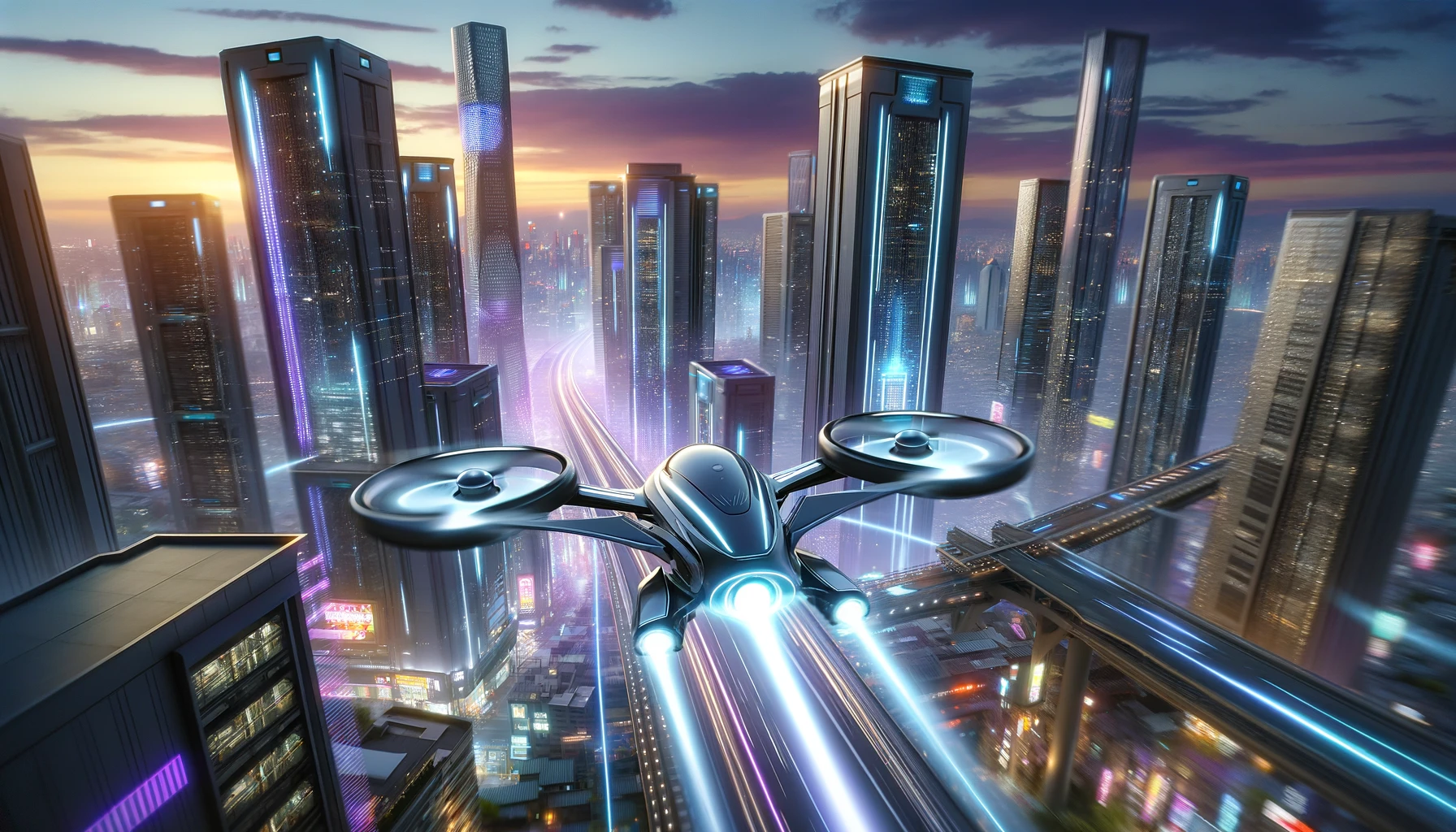Drones, unmanned aerial vehicles, represent one of the most revolutionary technological innovations in recent years. Due to their versatility, drones find applications in numerous fields, from aerial photography to precision agriculture, from surveillance to package delivery.
A drone is a type of aircraft that operates without a human pilot on board. Often referred to as unmanned aerial vehicles (UAVs), drones can be remotely controlled or fly autonomously through software-controlled flight plans, utilizing various sensors and GPS technology.
They come in a range of sizes and capabilities, from small consumer models perfect for photography and recreation to larger, more sophisticated versions used for research, surveillance, and even delivery services. Drones have become increasingly popular for their versatility, offering innovative solutions across numerous industries and hobbies.

Characteristics and Applications of Drones
Drones vary greatly in size, carrying capacity, range, and integrated technologies. They can be equipped with high-resolution cameras, thermal sensors, radar, GPS, and systems for autonomous navigation. Their ability to fly at different altitudes and speeds, along with the ability to operate in remote or difficult-to-access areas, makes them extremely flexible and powerful tools.
Drones can be used for:
Aerial Photography and Cinematography: They offer unique angles and perspectives for high-quality aerial shots.
Inspection and Maintenance: Used to inspect critical infrastructure such as bridges, transmission towers and wind turbines, reducing the costs and risks associated with manual inspections.
Precision Agriculture: Help farmers monitor crops, analyze soil and distribute pesticides in a targeted manner, optimizing resources and increasing productivity.
Surveillance and Security: They provide an effective means of monitoring large areas, improving public safety and border surveillance.
Package Delivery: Companies such as Amazon are experimenting with drone package delivery to reduce shipping time and reach remote areas.
Challenges and Ethical Considerations
While drones bring a wealth of advantages, their use also introduces important concerns regarding privacy, safety, and regulation. The ease with which drones can fly over private spaces and gather sensitive information prompts vital questions about the protection of individual privacy rights. On the safety front, the potential for aerial mishaps or accidents poses risks to both people and property below, highlighting the need for thoughtful oversight. Consequently, governments and international bodies are actively developing guidelines to govern drone use responsibly and safely.
When it comes to Information Security, the expanding drone landscape is paralleled by growing cybersecurity worries. Drones could fall prey to cyberattacks aimed at swiping crucial data or hijacking control. This underscores the importance of robust security measures to shield drone communications and the valuable data they collect.

As drone applications surge, so does the demand for skilled pilots. Universities and technical schools are now offering specialized training and certification for drone operation, blending hands-on flight skills with a grounding in legalities. This not only prepares operators to navigate the skies competently but also fosters innovation and research in the drone sector.
Speaking of innovation, drone design is anything but static. New models boast features like VTOL, enabling operation in tight spots without a runway, while others are built for underwater adventures or harsh weather conditions. Efforts to boost energy efficiency and diminish noise pollution are making drones less noticeable and more eco-friendly.
The horizon for drones is expanding with advancements in remote control tech, AI, and machine learning, enhancing drone capabilities with autonomous navigation and sophisticated recognition systems. These advancements not only streamline operations but also open doors to exciting new applications.
Conclusion
Drones and remote technology domain is on a swift upward trajectory, promising to revolutionize various aspects of our economy and society. Despite the hurdles, the potential for significant improvements in efficiency, safety, and environmental sustainability is immense.
The key to unlocking these benefits lies in embracing these innovations responsibly and establishing sound regulatory frameworks to balance the scales between opportunity and risk.






